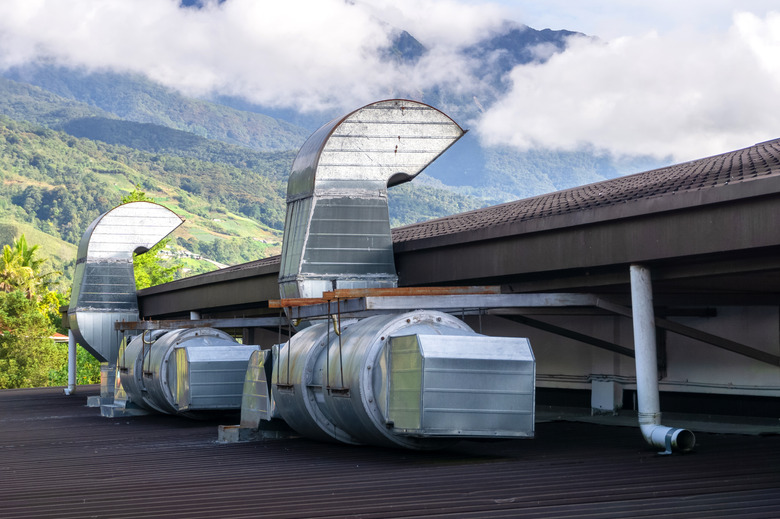What Is A Centrifugal Blower?
Many industrial processes require the movement of air or other gas. Whenever you need a continuous flow of air or gas, centrifugal blowers can help. They belong to a class of machines call turbomachines.
Turbomachines
Turbomachines
Turbomachines transfer energy between a rotating shaft and a fluid. The fluid can be a liquid, such as water, or a gas, such as air or steam. Turbines transfer energy from the fluid to the shaft. Fans, blowers and compressors transfer energy from the shaft to the fluid, which is usually air.
Centrifugal Blower Characteristics
Centrifugal Blower Characteristics
Blowers, fans and compressors are classified by a measure called the pressure ratio — the outlet pressure divided by the inlet pressure. Fans have the lowest pressure ratio, compressors the highest, and blowers are in the middle. The flow rate of a blower depends on the system resistance: The lower the resistance, the higher the flow rate and the power requirement. The efficiency of the blower is highest at some intermediate flow that should correspond with the normal operating flow.
Applications
Applications
Blowers move materials in the form of fine particles through ducts and pipes. They provide cooling airflow and blow-off air. Blow-off air is used to dry or clean parts before processing them. Blowers also provide combustion air. The suction side of a blower can provide a vacuum for cleaning or picking up parts.
Cite This Article
MLA
LoPresti, Marco. "What Is A Centrifugal Blower?" sciencing.com, https://www.sciencing.com/what-is-a-centrifugal-blower-12409509/. 6 November 2010.
APA
LoPresti, Marco. (2010, November 6). What Is A Centrifugal Blower?. sciencing.com. Retrieved from https://www.sciencing.com/what-is-a-centrifugal-blower-12409509/
Chicago
LoPresti, Marco. What Is A Centrifugal Blower? last modified March 24, 2022. https://www.sciencing.com/what-is-a-centrifugal-blower-12409509/
